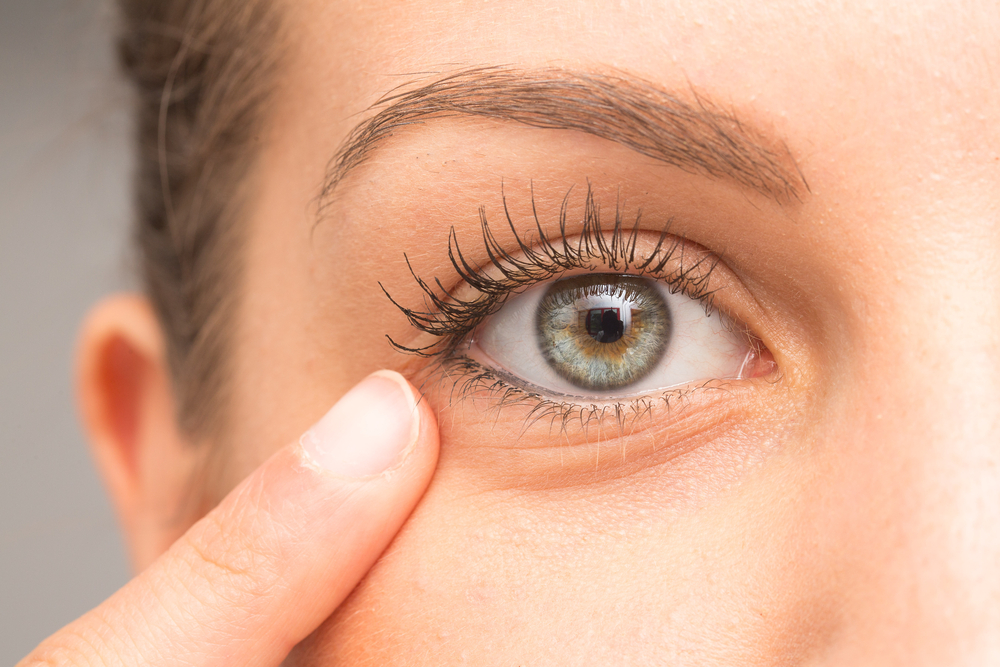What is Meibomian Gland Imaging? How It Helps Diagnose Dry Eye
Blog:What is Meibomian Gland Imaging? How It Helps Diagnose Dry Eye

What is Meibomian Gland Imaging? How It Helps Diagnose Dry Eye
Dry eye is a common and often uncomfortable condition that affects millions of people. For those who experience persistent dry eye, understanding the underlying cause is essential for effective treatment. One of the most common causes of dry eye is Meibomian Gland Dysfunction (MGD). Meibomian glands, located along the edge of your eyelids, are responsible for producing the oil (lipid layer) that helps keep tears from evaporating too quickly. When these glands aren’t functioning correctly, dry eye symptoms can become more severe.
Understanding the Role of Meibomian Glands
The Meibomian glands produce an oil that forms the outer layer of the tear film, which is crucial for maintaining eye comfort and clarity. When these glands are blocked or damaged, it can disrupt the balance of the tear film, leading to increased evaporation of tears and symptoms like itching, burning, redness, and a gritty sensation in the eyes. This condition, known as Meibomian Gland Dysfunction, is one of the leading causes of dry eye.
What is Meibomian Gland Imaging?
Meibomian gland imaging is a specialized diagnostic technique that captures detailed images of the Meibomian glands along the inner eyelid. Using advanced imaging devices, optometrists can get a close look at the structure and function of these glands to identify any blockages, atrophy, or other abnormalities that may be contributing to dry eye symptoms. This imaging is non-invasive, painless, and takes only a few minutes to complete.
How Does Meibomian Gland Imaging Work?
In a typical Meibomian gland imaging procedure, a specialized device captures high-resolution images of the glands inside the eyelids. These images allow your eye doctor to evaluate each gland’s structure, check for blockages, and detect early signs of MGD. This imaging technology provides insights into the health of the glands that can’t be observed during a standard eye exam.
The imaging process involves:
Positioning: The patient sits comfortably with their chin and forehead positioned against the device.
Imaging: The device captures detailed images of the glands by illuminating the inner surface of the eyelid.
Analysis: The images are displayed on a screen for immediate analysis, helping the optometrist assess any changes or damage in the glands.
Why is Meibomian Gland Imaging Important for Diagnosing Dry Eye?
Traditional dry eye tests primarily assess the quantity and quality of the tear film, but they may not identify underlying gland dysfunction. By directly visualizing the Meibomian glands, your eye doctor can pinpoint MGD as a root cause of dry eye symptoms, allowing for a more targeted and effective treatment plan.
Benefits of Meibomian Gland Imaging
Early Detection: Identifies early stages of gland dysfunction before symptoms worsen.
Personalized Treatment: Allows for a tailored treatment approach, focusing on restoring gland health.
Tracking Progress: Helps monitor changes in gland structure over time to see if treatments are working.
Improved Outcomes: Enables more accurate diagnosis and better outcomes for long-term dry eye management.
How Texas State Optical Spring Can Help
We offer Meibomian gland imaging as part of our comprehensive dry eye evaluation. If you’re experiencing dry eye symptoms, our specialized technology allows us to get to the root of the problem and develop a treatment plan that works for you. Treatments for MGD may include warm compresses, lid hygiene, medications, or in-office procedures to help unblock glands and improve their function.
Reach out to Texas State Optical Spring to schedule a consultation and learn how Meibomian gland imaging can help you achieve lasting comfort and better eye health. Visit our office in Spring, Texas, or call (281) 288-7026 to book an appointment today.


